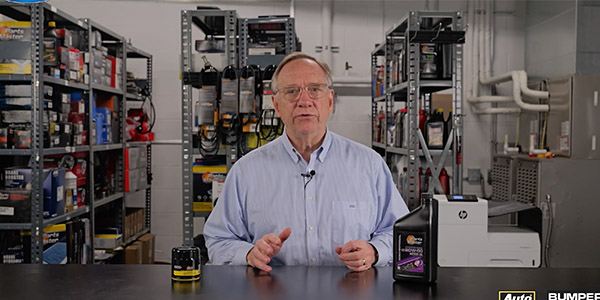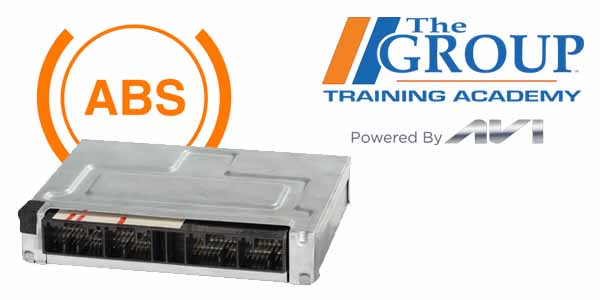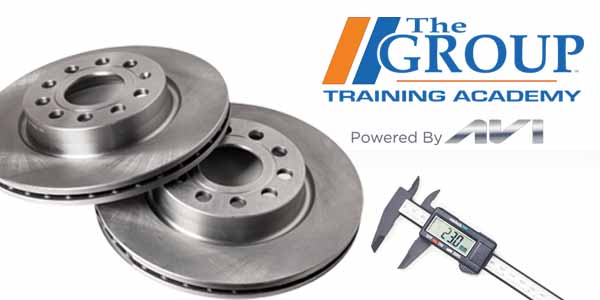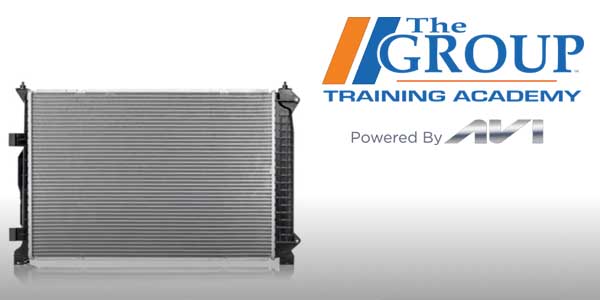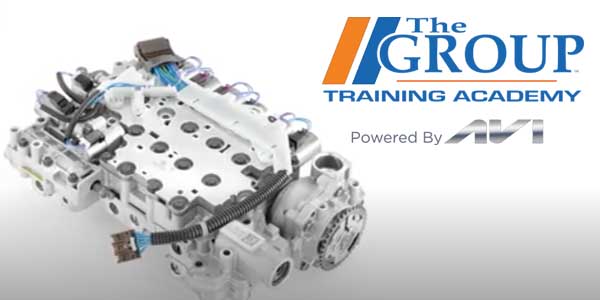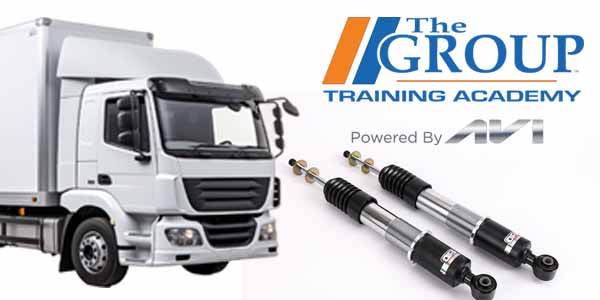A customer comes in with a serpentine belt in their hand and says it’s making a squeaking noise.
While your first instinct might be to sell them a new belt and get them on their way, this is one of those situations where you need to redirect the conversation before selling them any parts. Otherwise, you might see that same customer in your store a few days later.
This video is sponsored by The Pronto Network.

